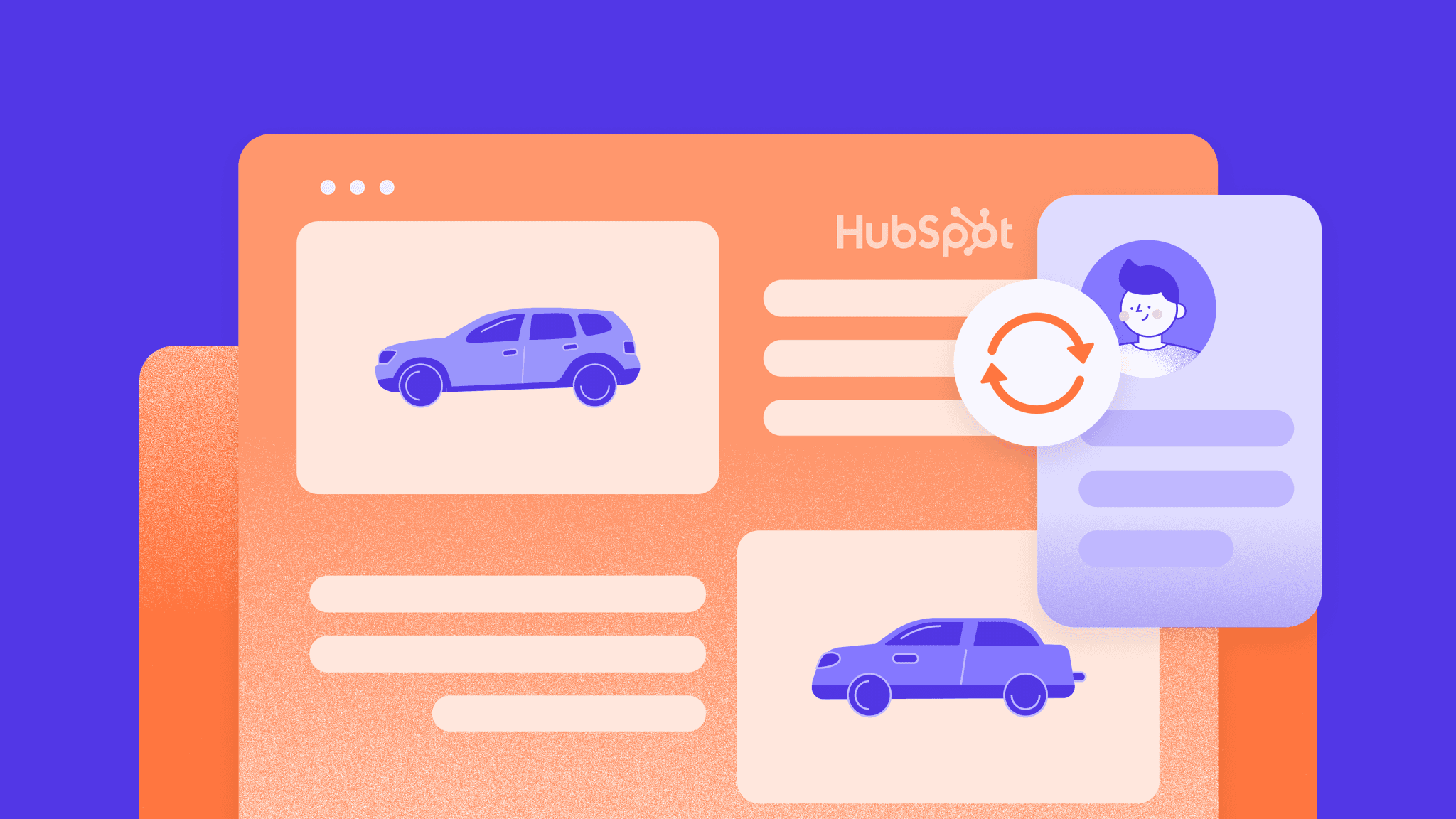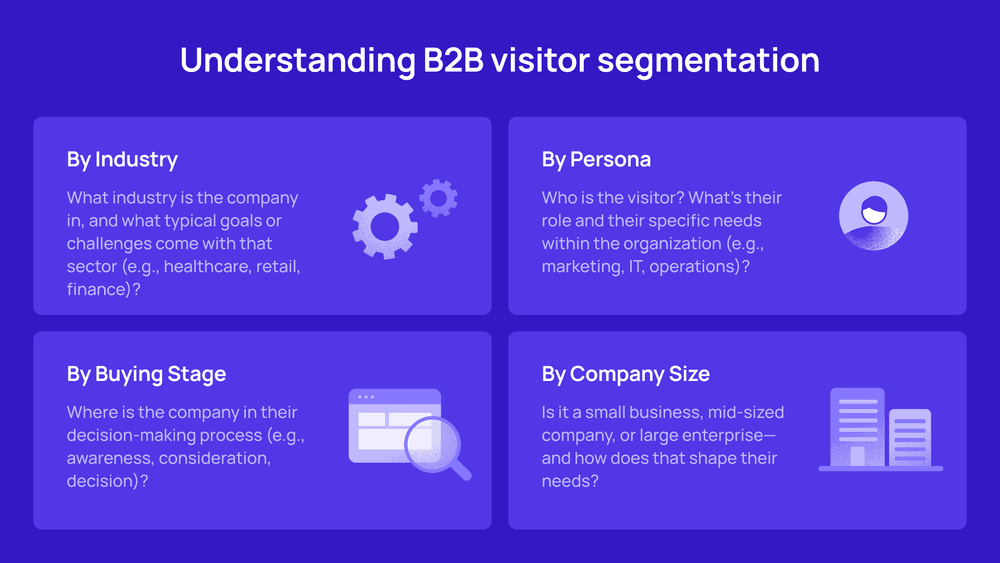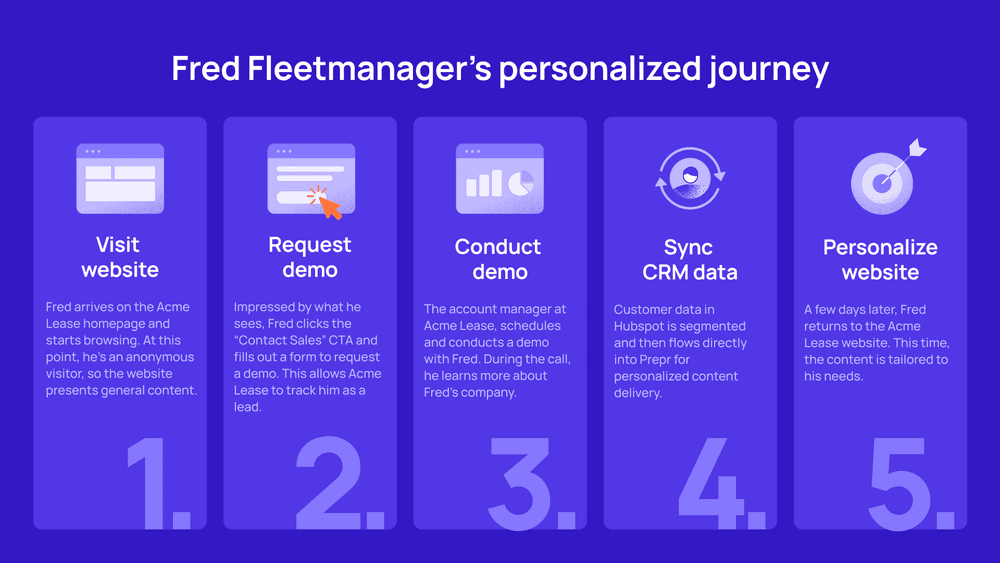In today’s digital world, businesses face increasing challenges in capturing and converting quality leads. This is especially true for B2B companies, where turning website visitors into customers is more difficult than ever.
In fact, 45% of businesses reported struggling to generate enough leads in the past year, and nearly half of vendors say they’ve faced rising competition in 2024.
Despite investing in various marketing strategies—ads, emails, cold calling, and social media outreach—many companies still see minimal returns.
Why?
Why generic content fails in B2B lead generation
Many potential clients visit your website, browse your content, and show interest in your products, yet leave without taking action. This is because generic content fails to address their specific needs and challenges. Visitors often feel disconnected from the message, leading to missed opportunities.
The key issue is understanding who your visitors are and delivering tailored content that resonates with their unique needs and challenges.
Personalization solves this by dynamically adapting your website's content—showing relevant case studies, product recommendations, and calls to action—which significantly increases engagement and conversions.
Ready to take your website personalization to the next level?
The Personalization Planner gives you tailored insights to create content that resonates. Enter your website’s URL to explore segment ideas and start building a better visitor experience.









